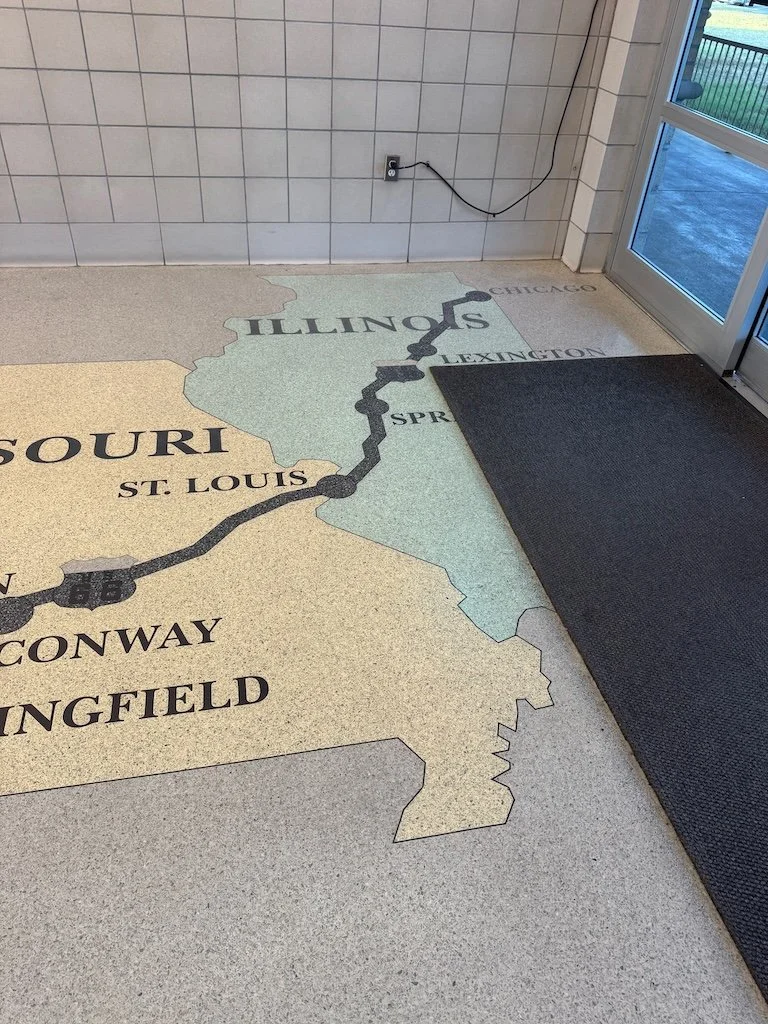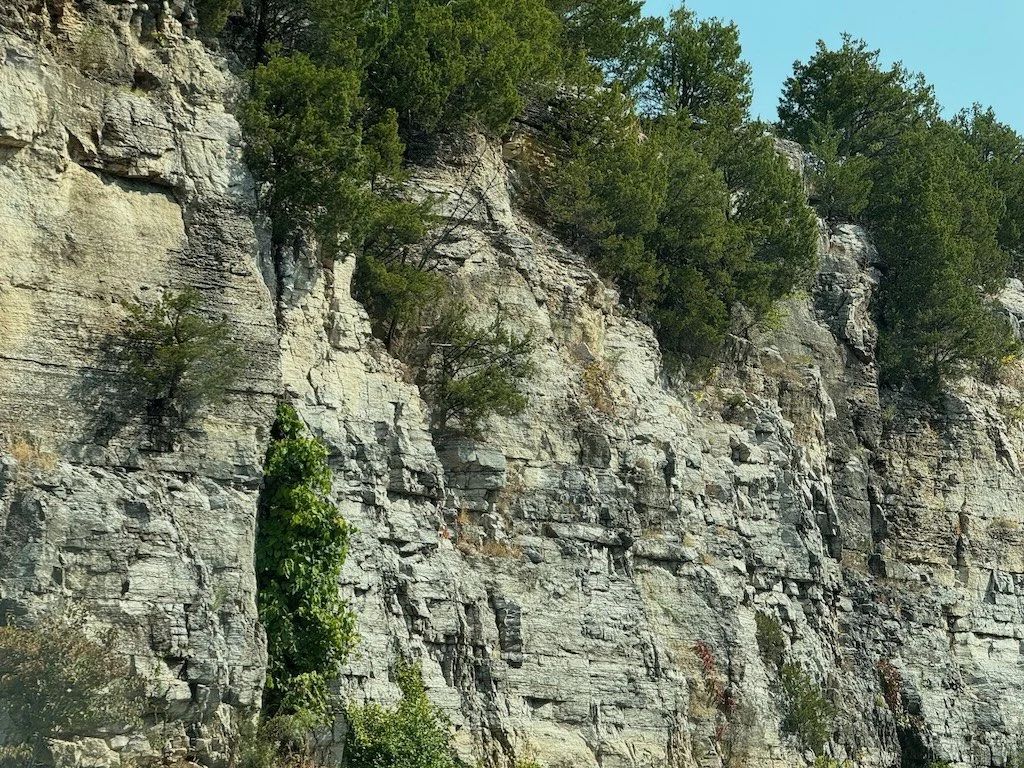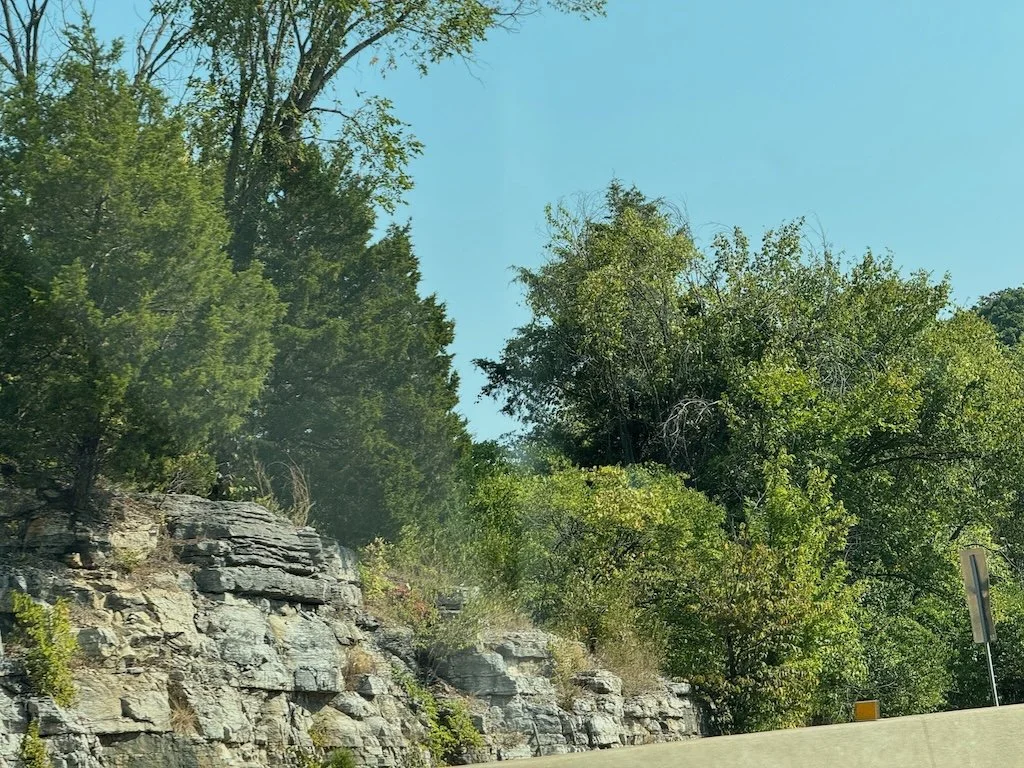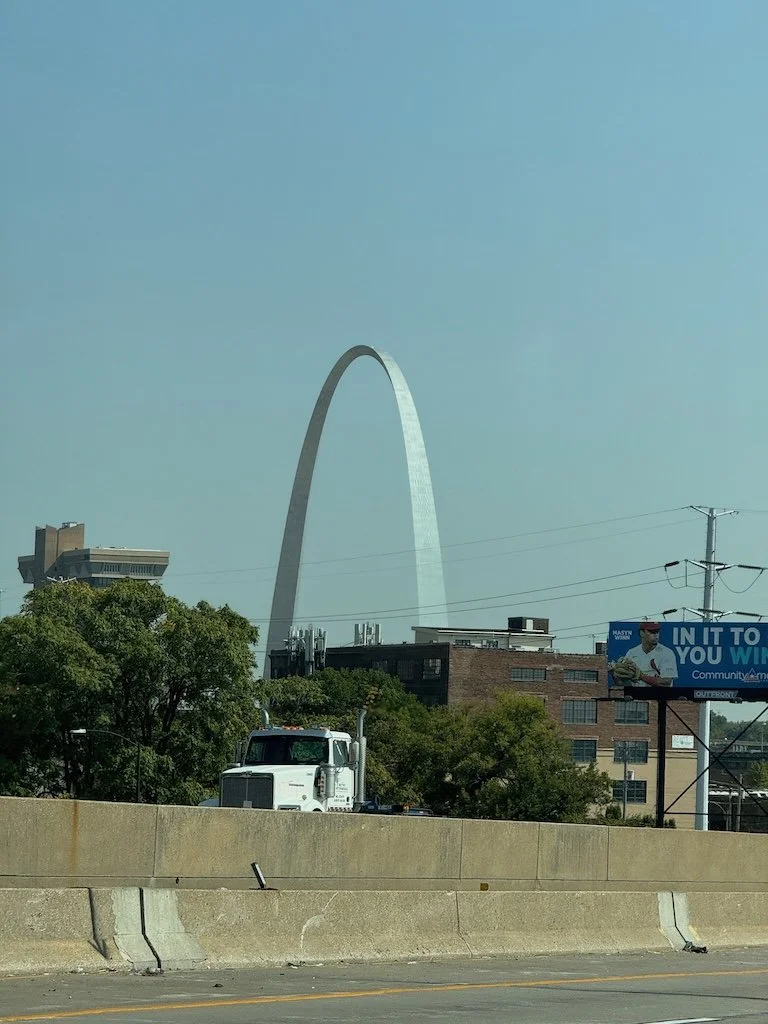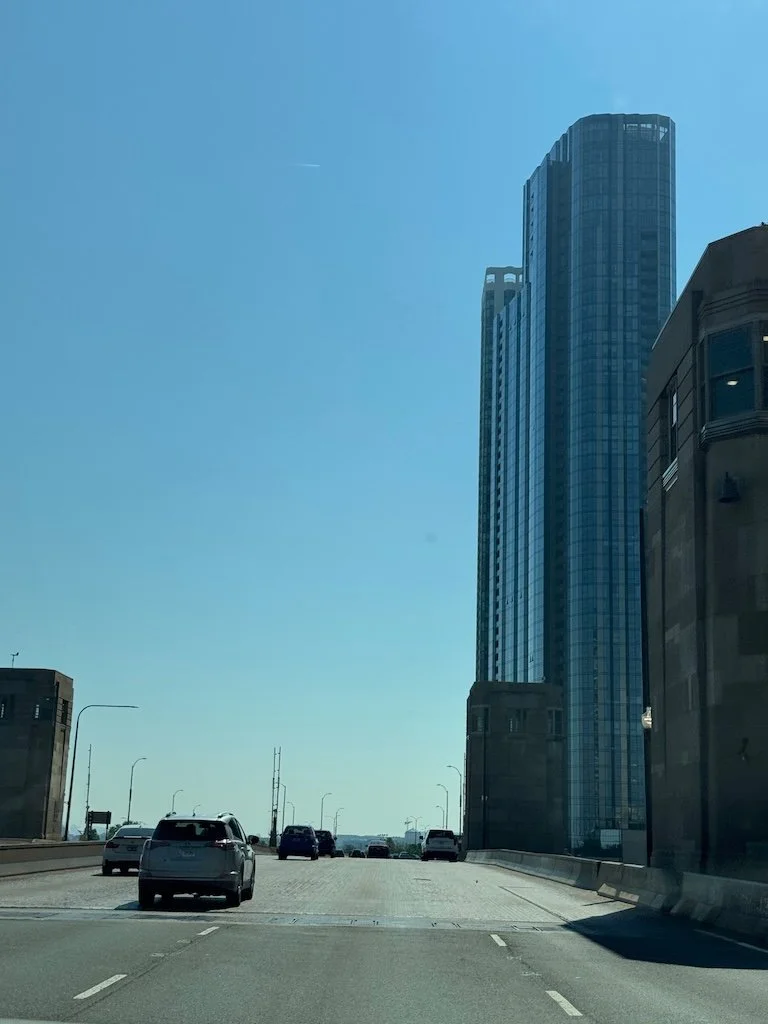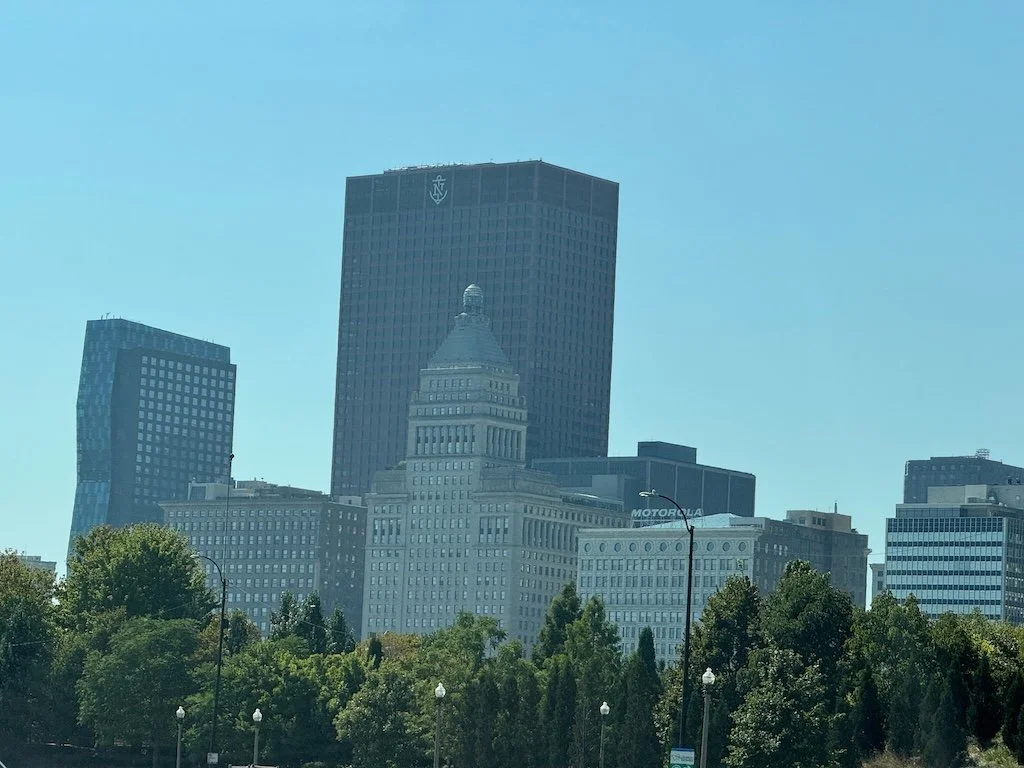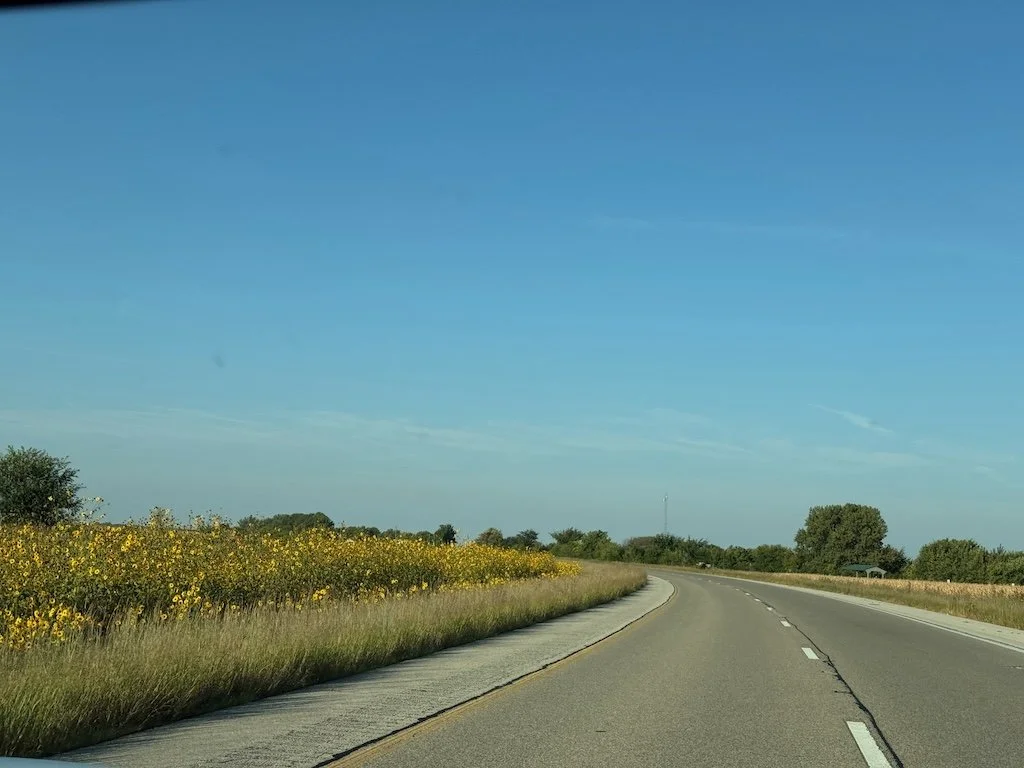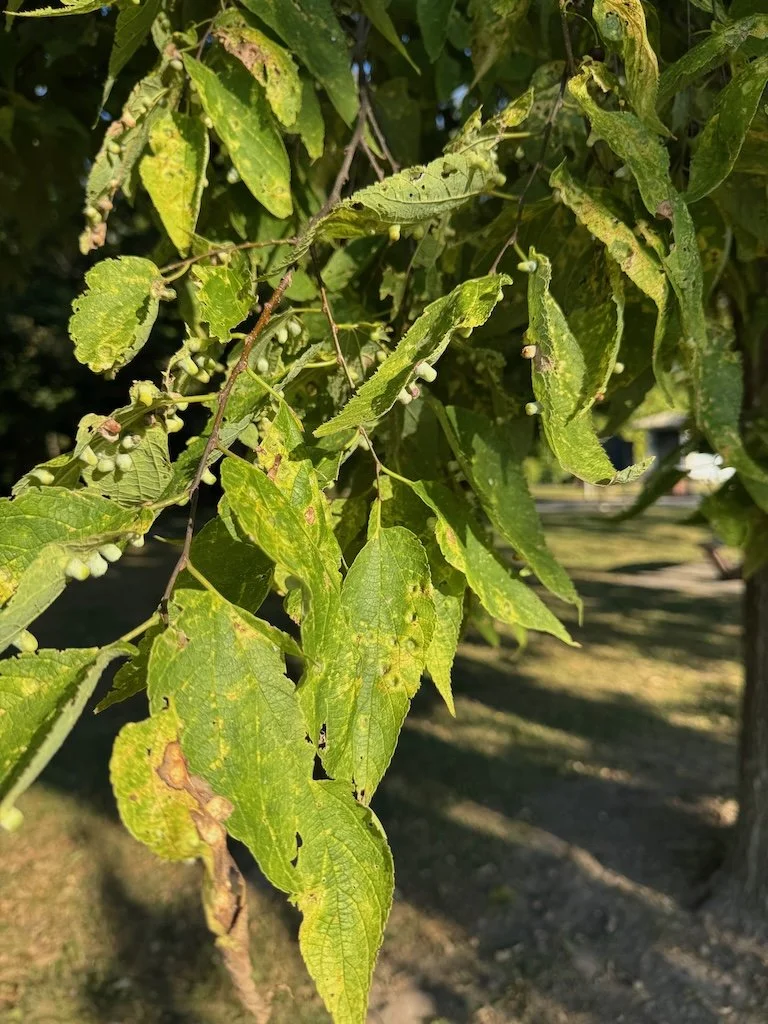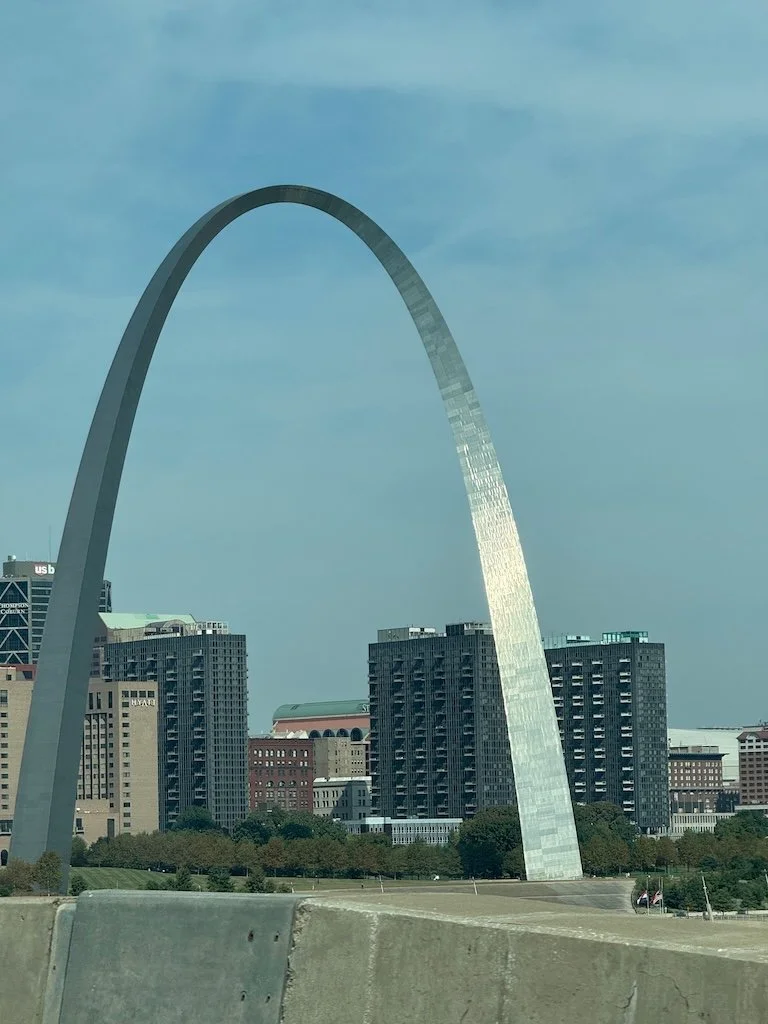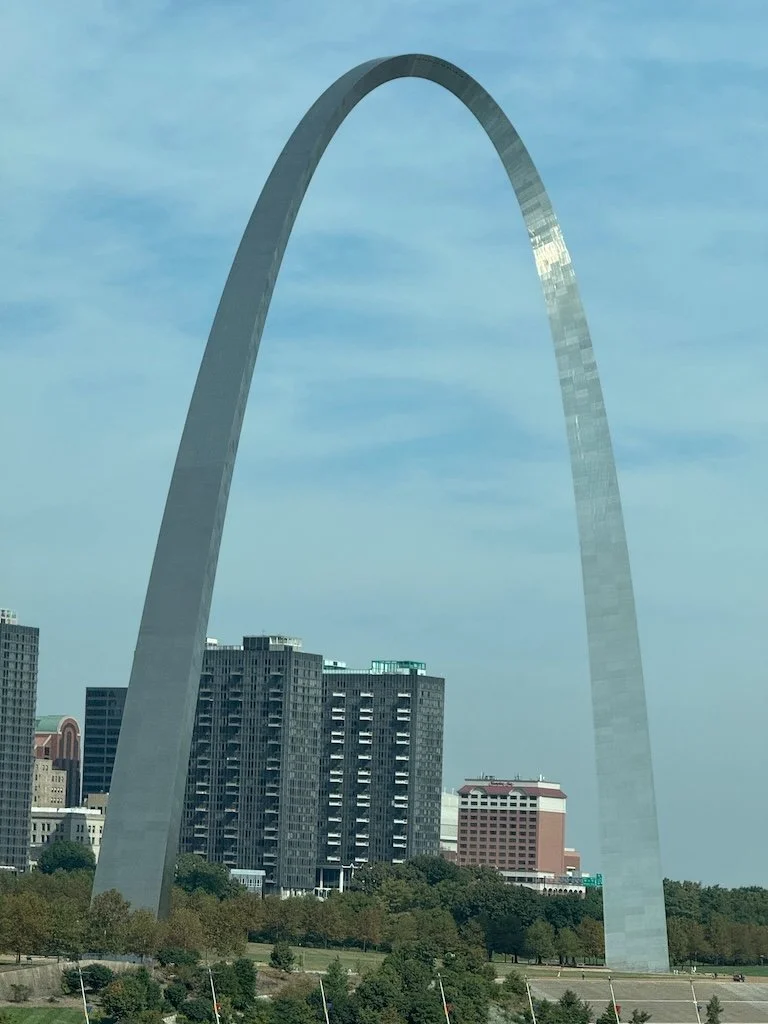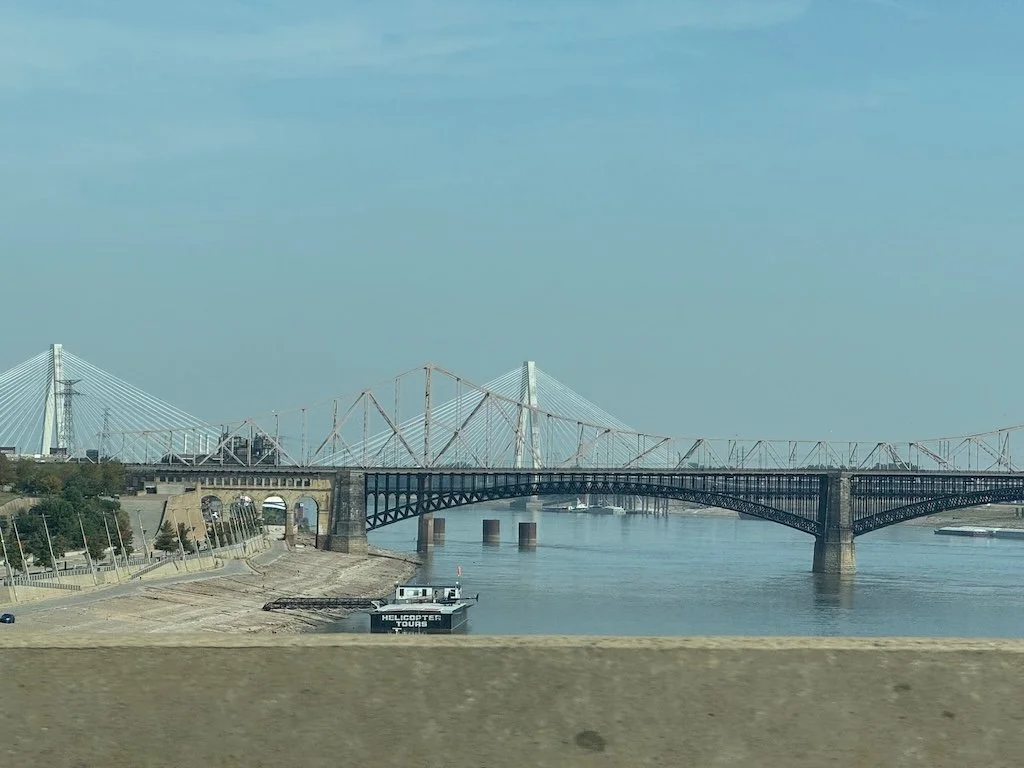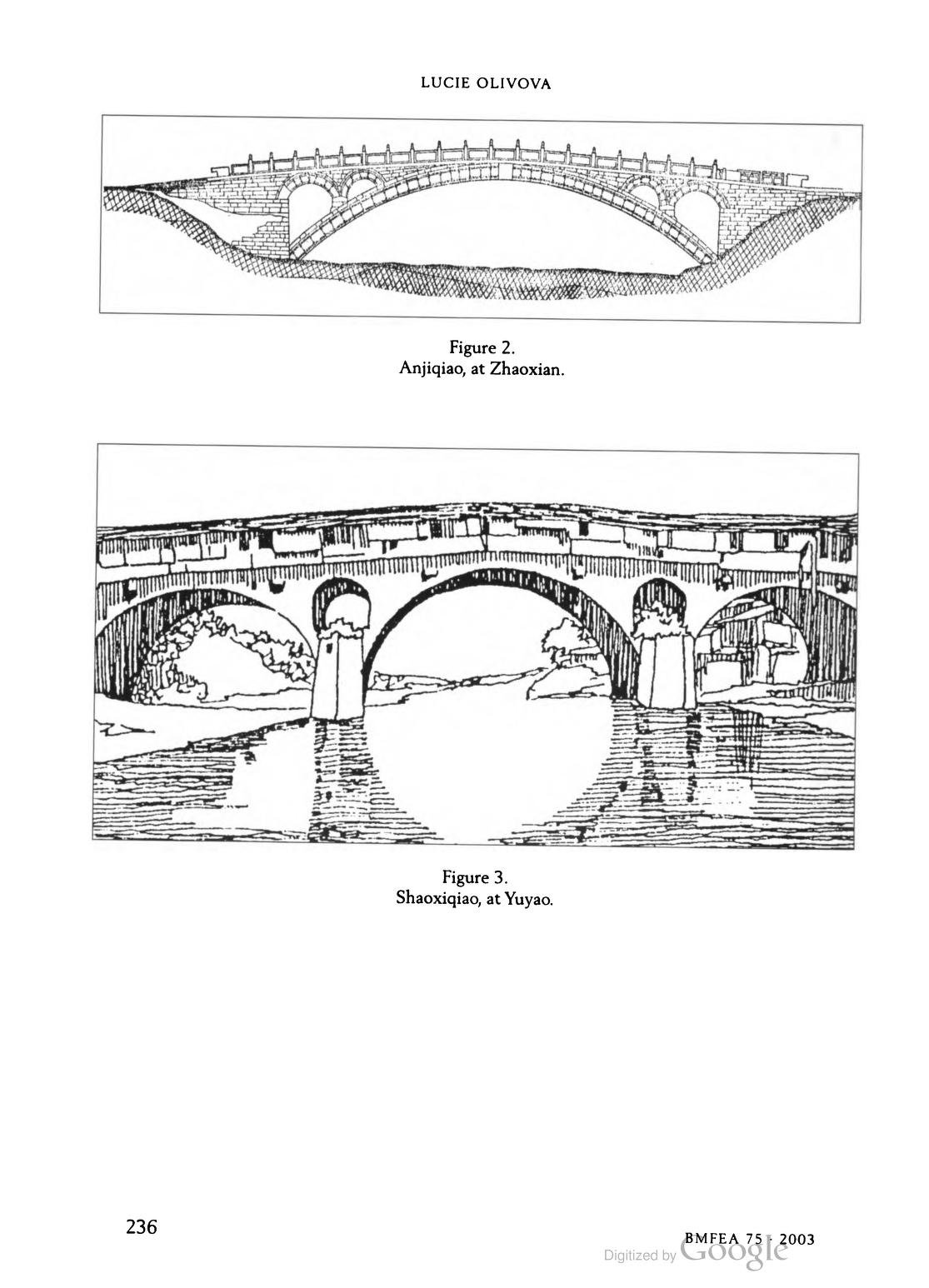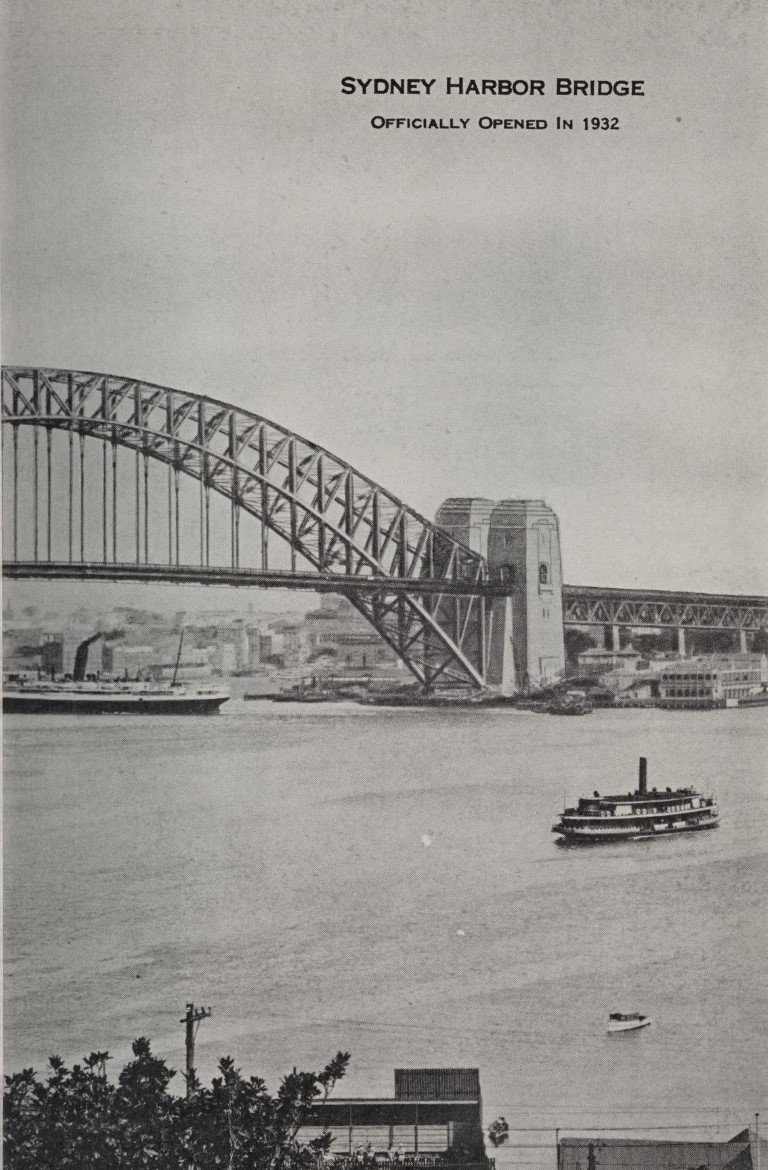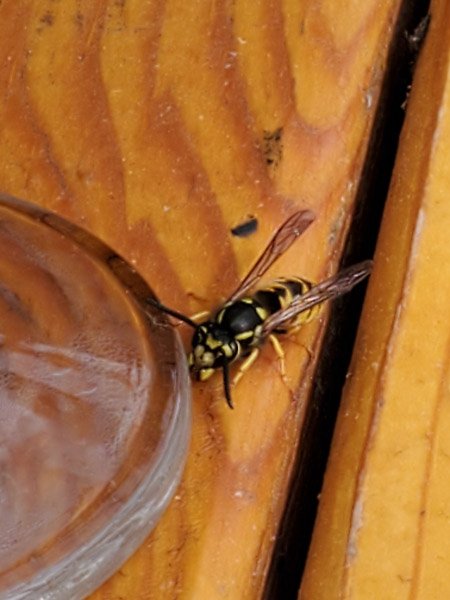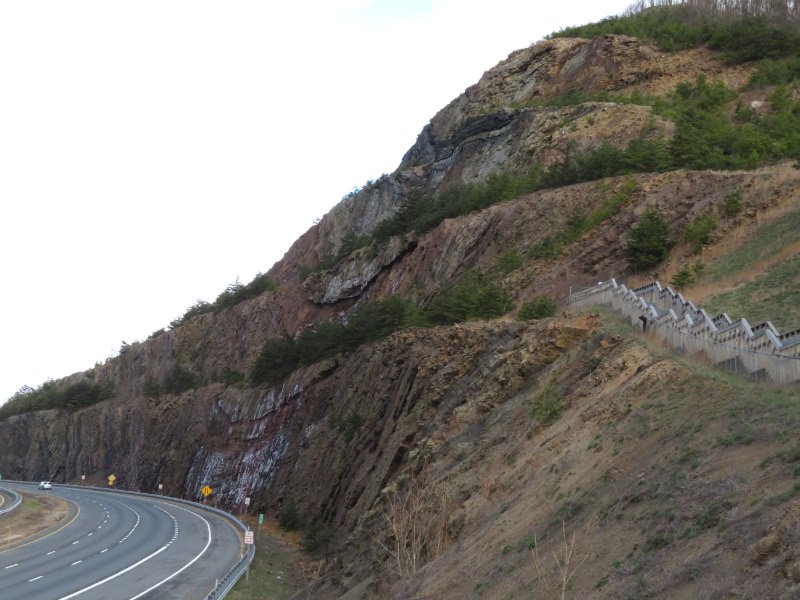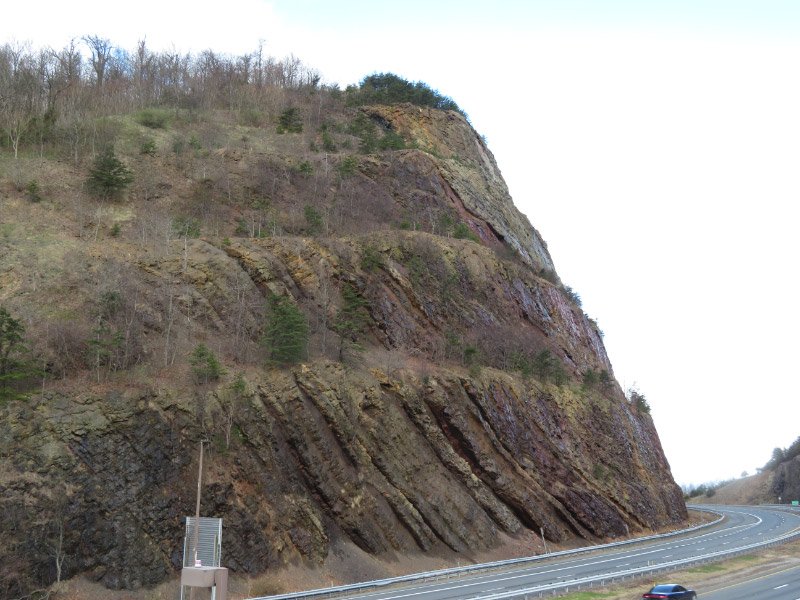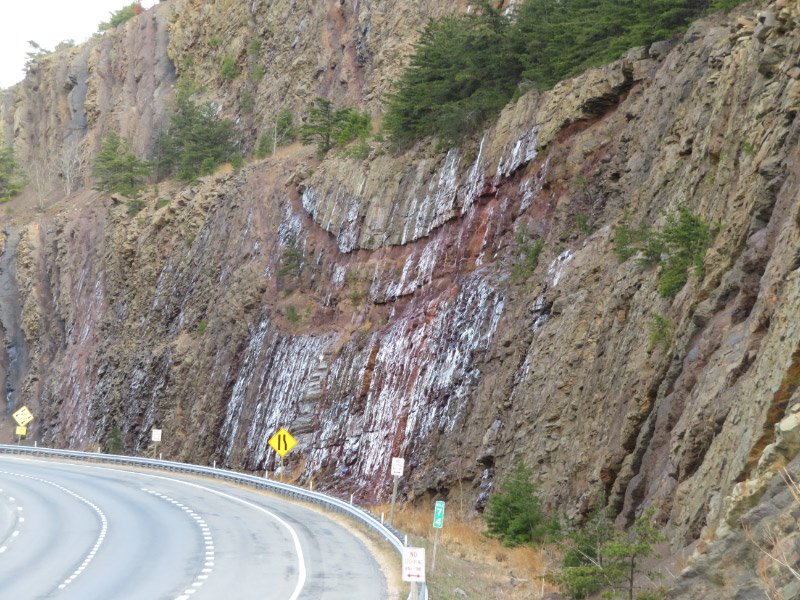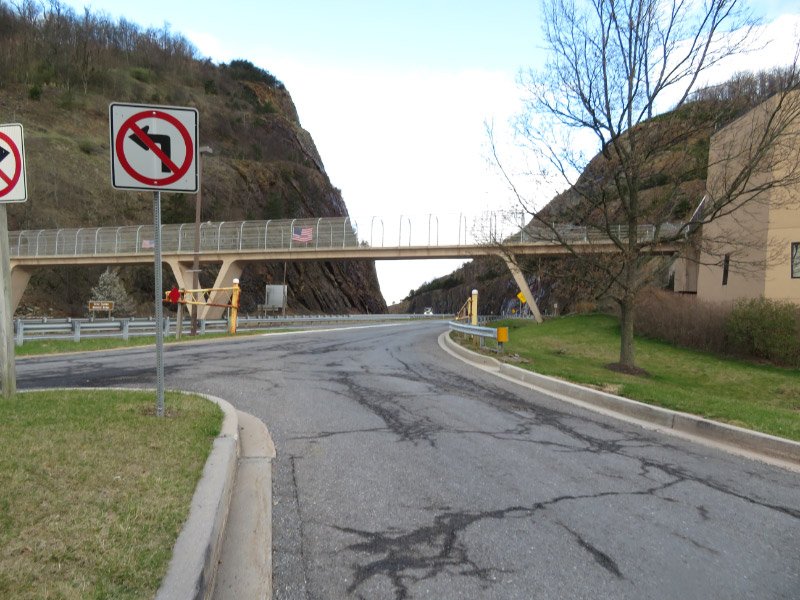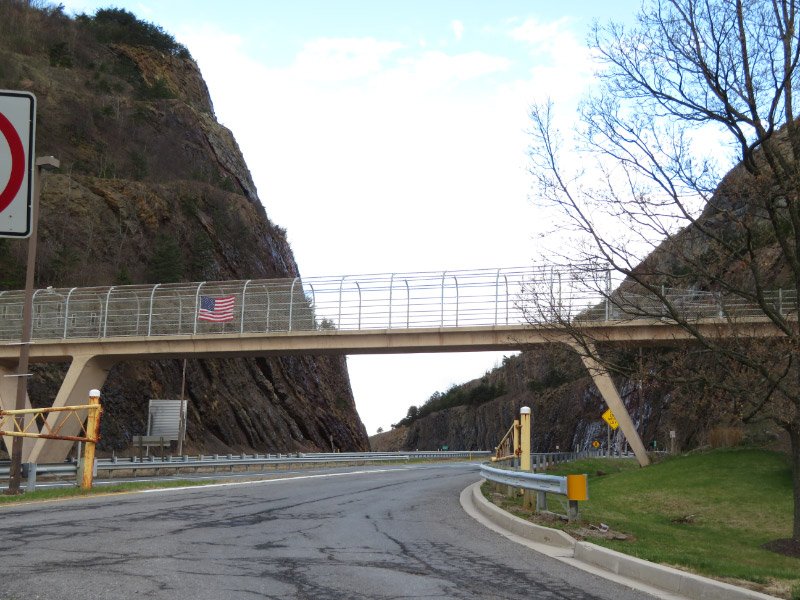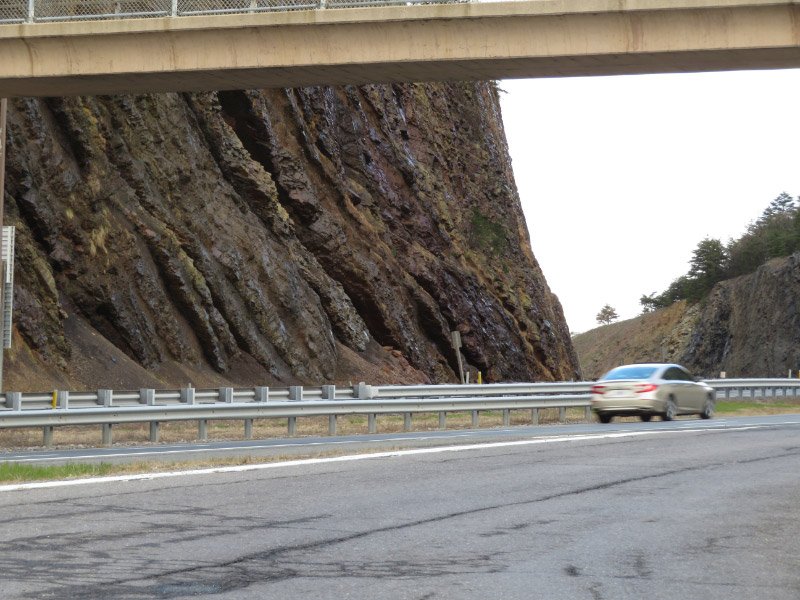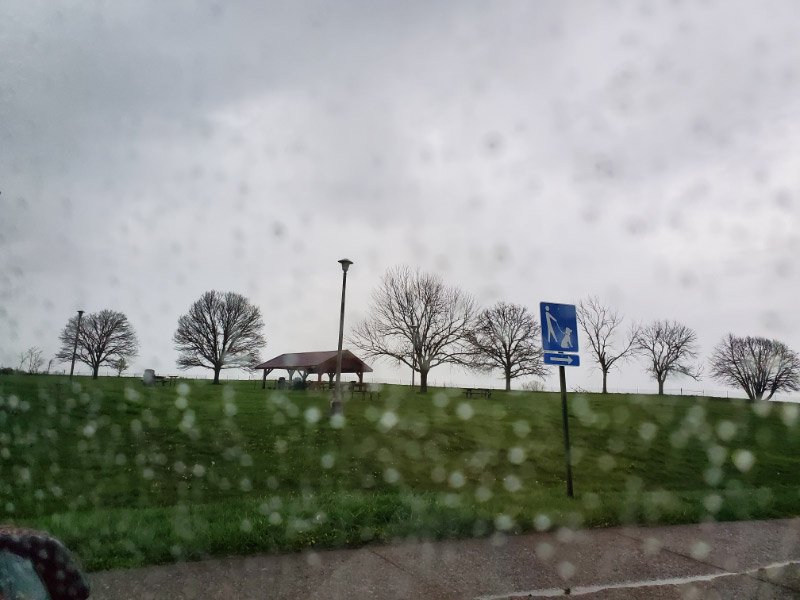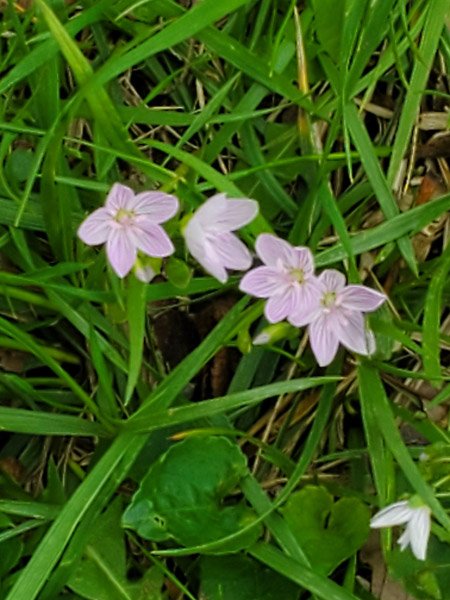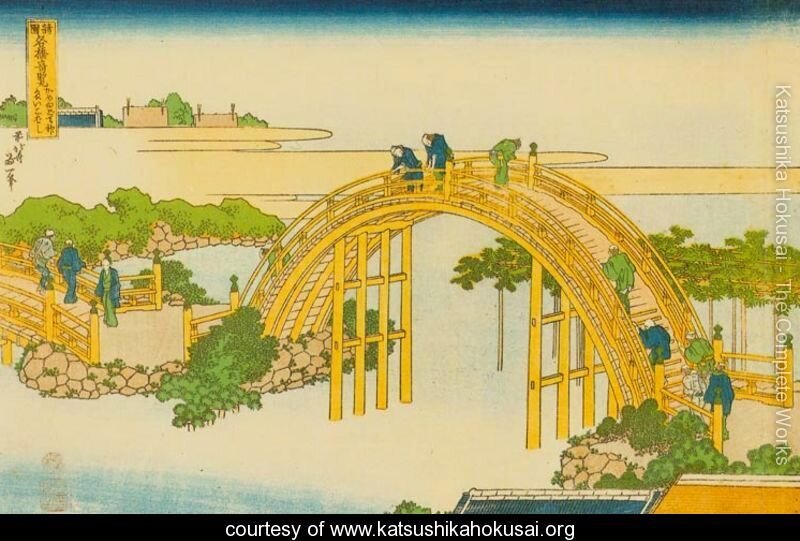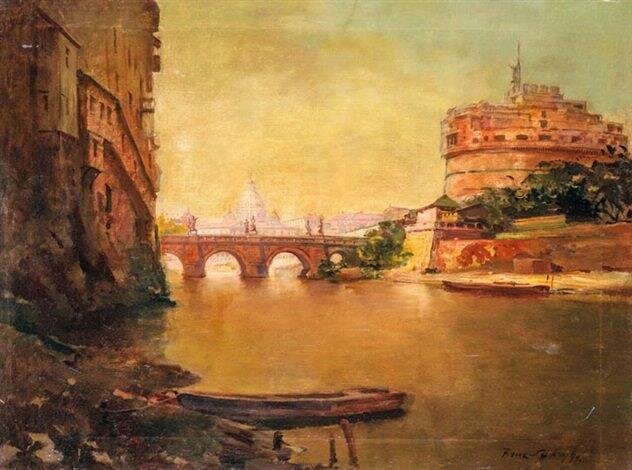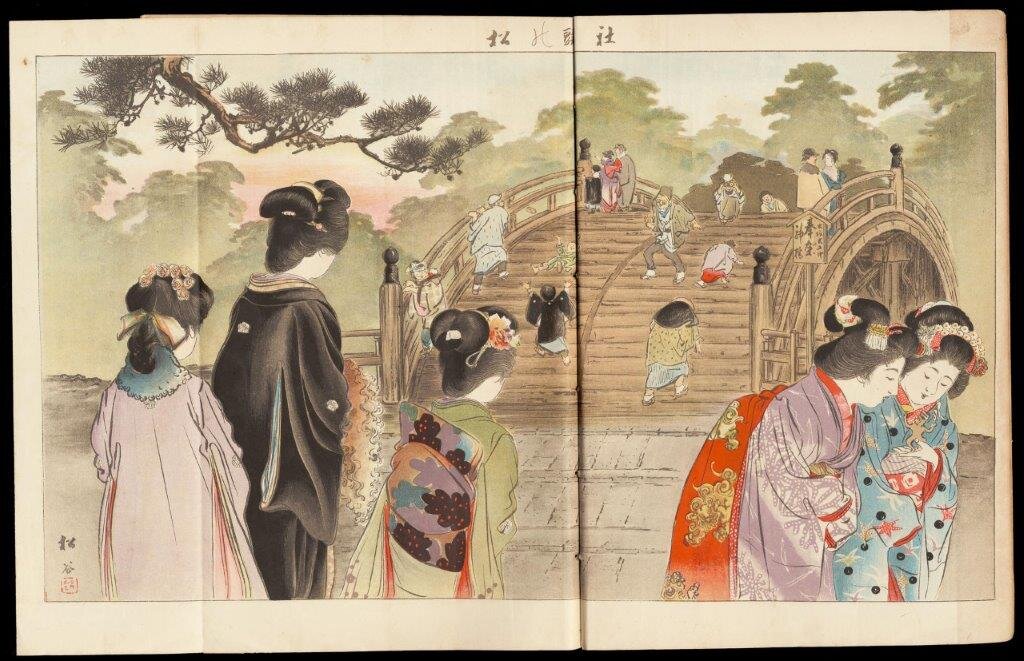To and From Chicago
/My husband and I signed up for an Urban Birding Festival in Chicago earlier this month. I’ll be doing a series of posts about it over the next week. This post is about our drive to and from the city; as usual my husband did all the driving.
We made frequent rest stops along the way. At our first one I realized that the route from Springfield MO to Chicago via Route 66 was depicted on floor! The Interstate route of today is likely a bit straighter that the old route…and the speed we traveled was probably higher too.
I took pictures as we drove – road cuts in Missouri, the arch in St. Louis just before we crossed the Mississippi River, and sunflowers in Illinois.
At the end of our trip, I took a few pictures as we left the city…and of sunflowers along the roadside. I like that Illinois encourages sunflowers in the medians by only mowing the edges (and not mowing too frequently even at the edge). The farmland appeared to be mostly planted in soybeans and corn.
At the last rest stop in Illinois, I recognized a hackberry – it was full of galls produced by insects as most hackberries are.
And then I photographed the arch and bridges as we crossed the Mississippi River into St. Louis.
There was a little fall color in the forests west of St. Louis…and the bluffs always make for added interest.
We got home easily; our three cats were a great welcoming committee.

